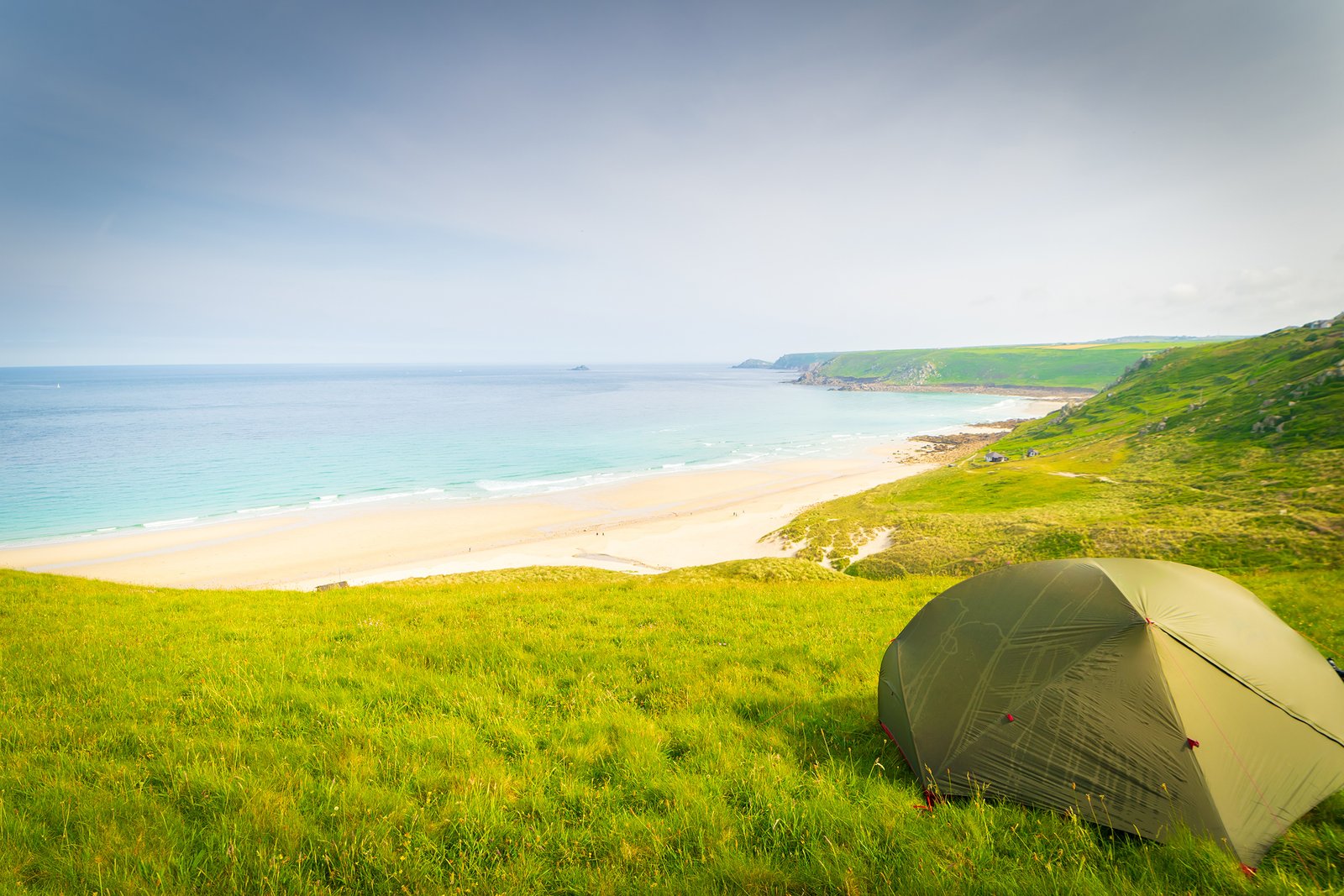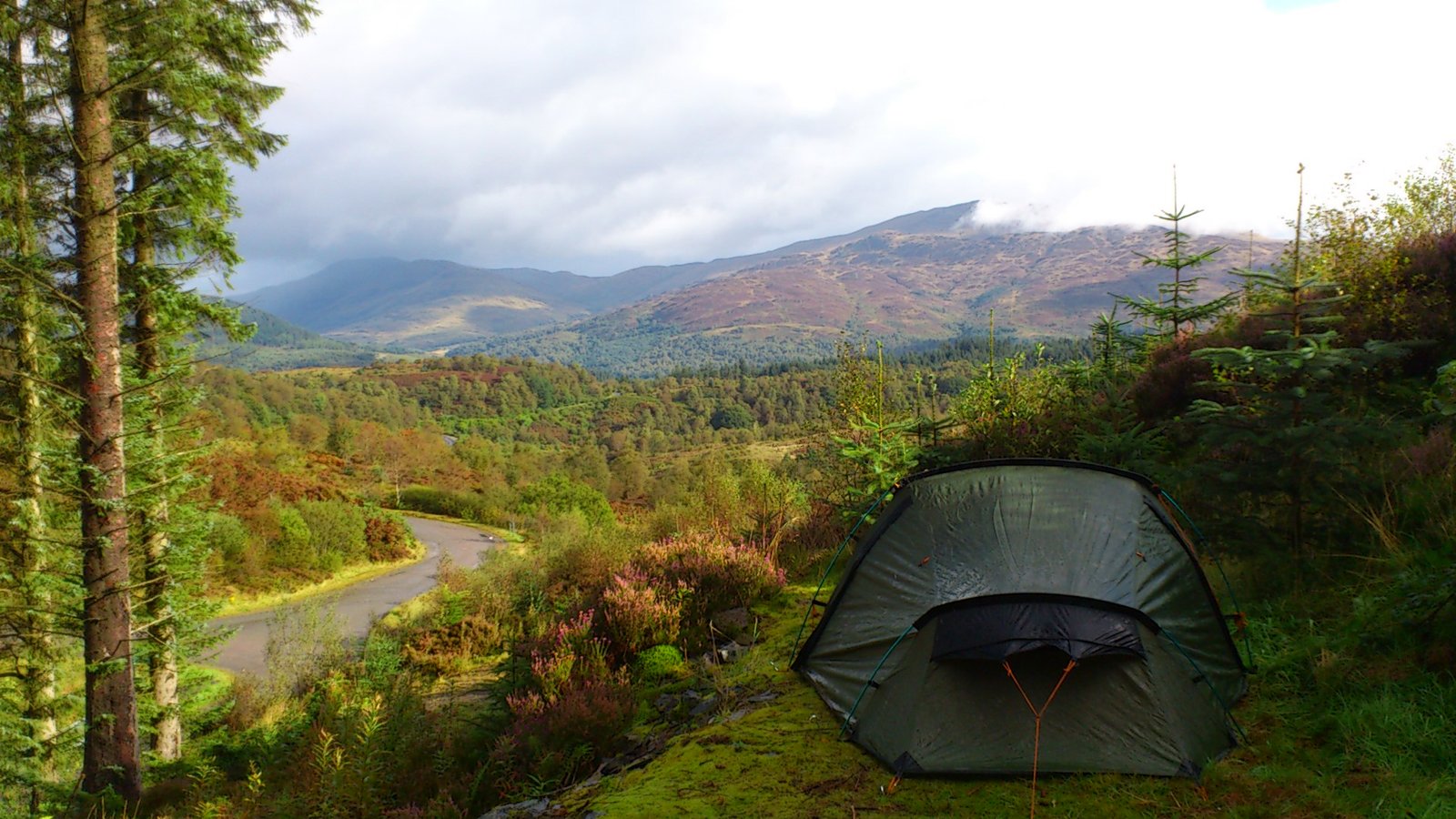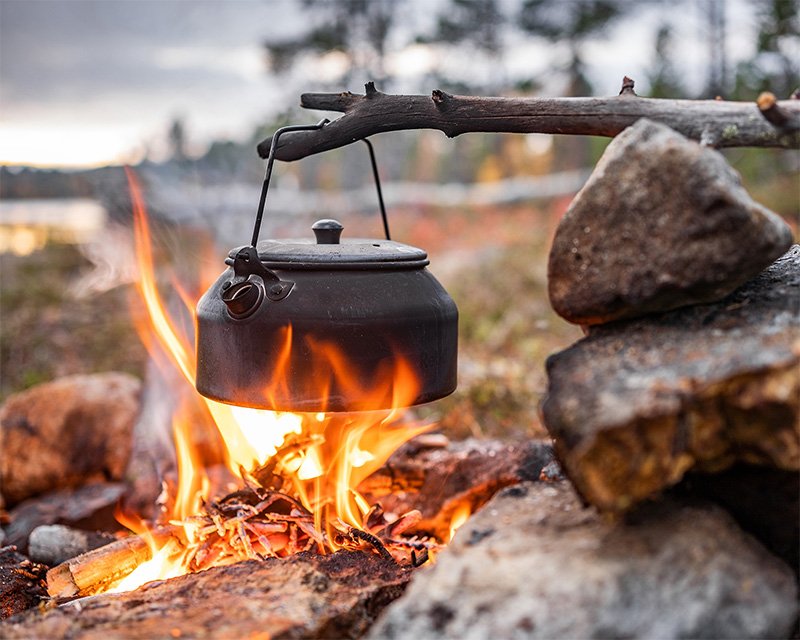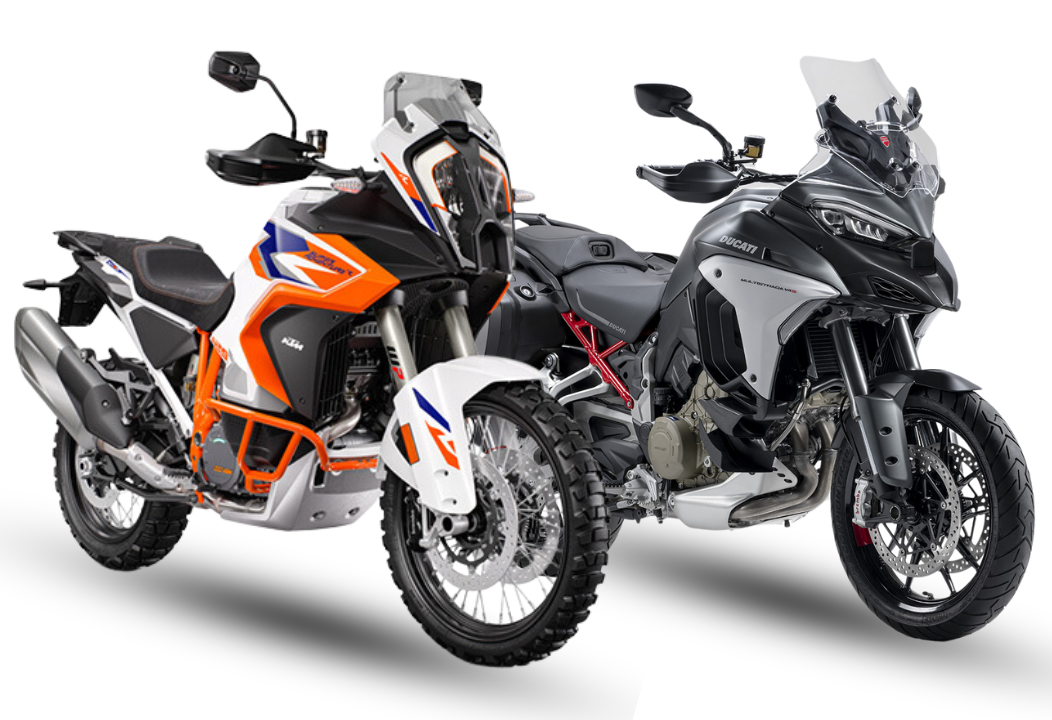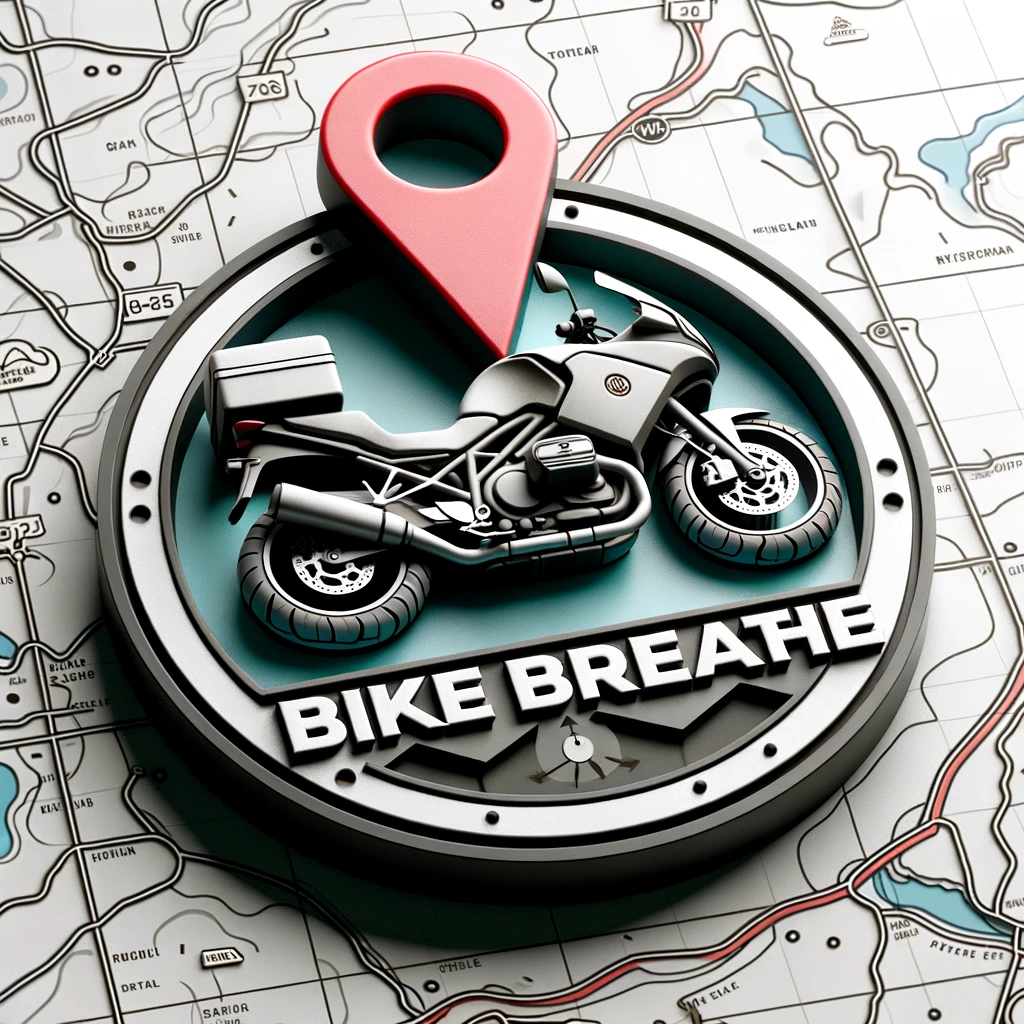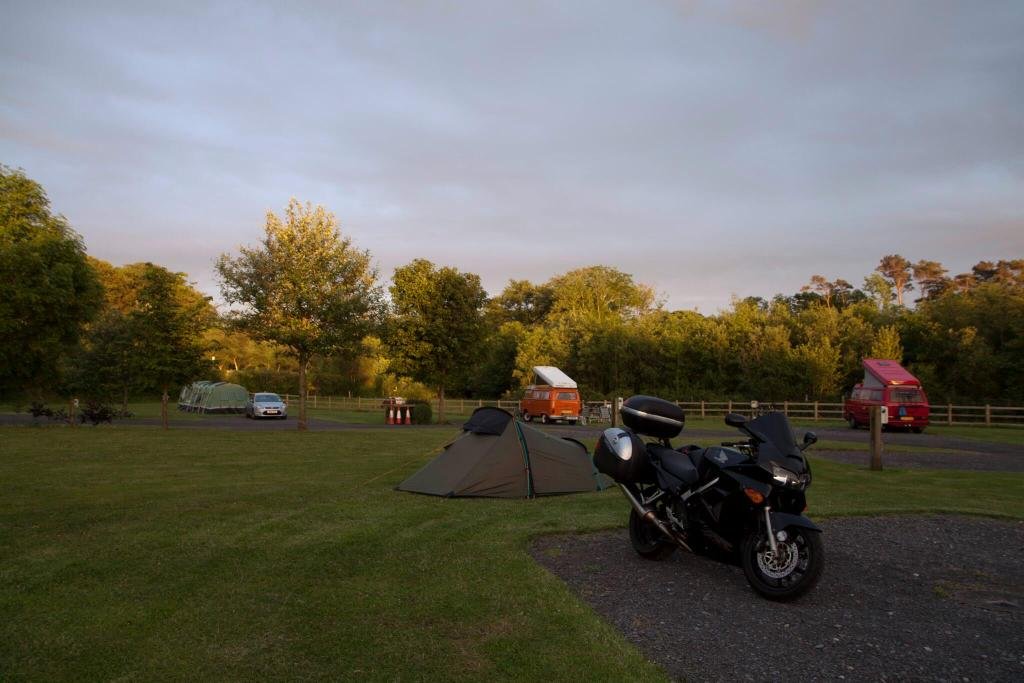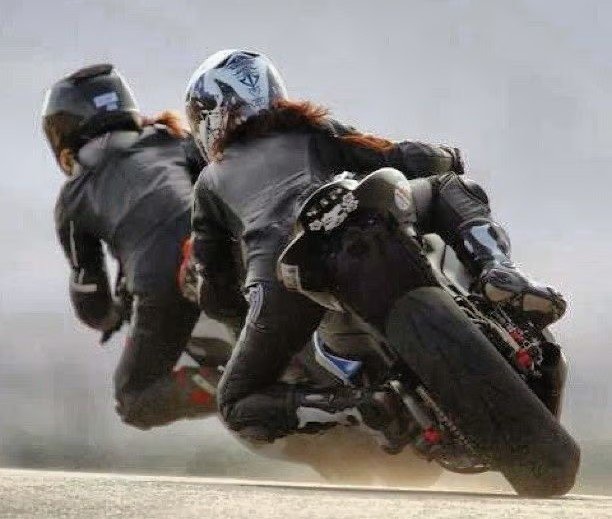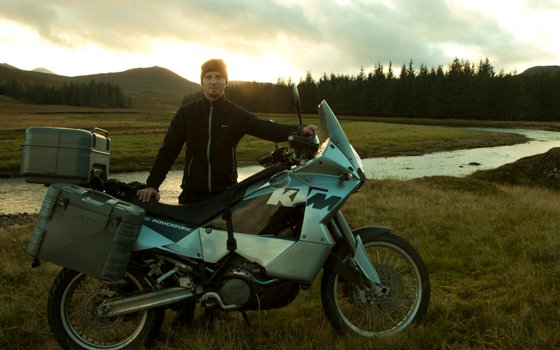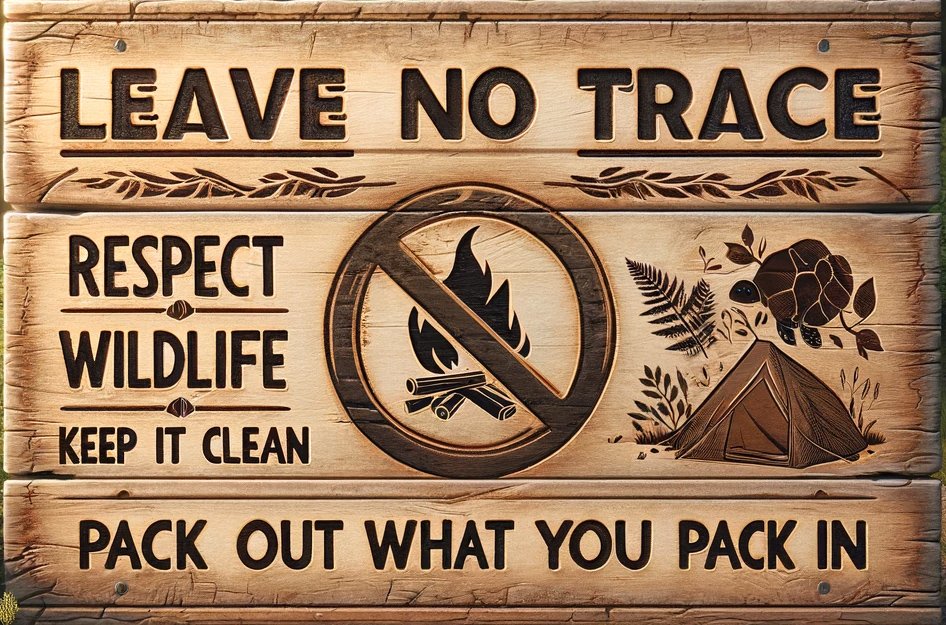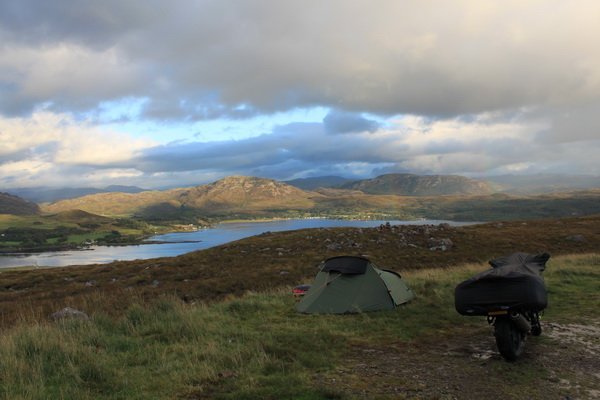Motorcycle Wild Camping: The Ultimate Guide to Freedom on Two Wheels
Crack open the visor and take a deep breath. Before you stretches a road less travelled, leading to a night under the stars with nothing but your motorcycle and a canvas roof for company. Motorcycle wild camping isn't merely about finding a spot to sleep; it's the craft of adventure, and your motorcycle is your trusty tool.
For the spirited rider with a heart for exploration, this guide is your compass to the essence of motorcycle wild camping. It's a tale of liberty, of finding peace in seclusion, and the rush of greeting a dewy dawn in untouched surrounds, with nothing but the chorus of nature for company.
So, grab a cuppa, settle in, and let's gear up to transform your wanderlust into a tangible adventure. We'll motor through planning, packing, and the fine art of setting up camp, all the way to living the dream without leaving a footprint. No faffing about - let's get to the good stuff.
Know Before You Go
Motorcycle wild camping carries with it a spirit of rebellion, but even rebels have to play by the rules sometimes. Here's a brisk run-through of what you need to know about the legal side of wild camping.
United Kingdom
-
England and Wales: Here, the rule of thumb is that wild camping without the landowner's permission is generally a no-no. There are exceptions, of course, like parts of the Lake District and Dartmoor, where wild camping is tolerated if done responsibly and discreetly. Always check local guidelines before setting up camp.
-
Scotland The Scottish Outdoor Access Code is a bit more lenient, thanks to the Land Reform (Scotland) Act 2003. It allows for wild camping on most unenclosed land. However, some areas require permits, and local by-laws can override the general permission, so it's wise to do your homework first.
-
Northern Ireland: Similar to England and Wales, you're going to need the landowner's nod. There's less in the way of wild camping tradition here, but with the right approach to asking permission, you can find yourself a lovely spot.
Europe
-
Ireland: It is not explicitly legal, but it's also not strictly regulated by a specific law. However, the general practice is that you need the landowner's permission to camp on their land, which includes most rural areas or wilderness spots you might choose for wild camping.
-
Sweden and Norway: You can camp almost anywhere in the countryside or wilderness thanks to 'Everyman's Right' (Allemansrätten in Swedish).
-
Finland: Similar to Sweden and Norway, the Everyman's Right applies, allowing wild camping.
-
Iceland: Wild camping was permitted, but due to a large increase in tourism, restrictions have been placed, especially for campervans and groups.
-
Estonia: It is generally allowed to wild camp in forests and rural areas.
-
Latvia, Lithuania: Wild camping is often tolerated, though local rules may apply, especially in national parks.
-
Poland: Wild camping is generally prohibited, especially in national parks and protected areas where you can be fined for illegal camping.
-
Czech Republic and Slovakia: Wild camping is not allowed. There are plenty of official campsites to use. In exceptional cases, one might camp with the landowner's permission, but this is not common practice.
-
Hungary: Wild camping is illegal, and regulations are enforced, particularly in national parks and protected areas. Campers should use designated camping sites.
-
Croatia: Wild camping is prohibited and can result in heavy fines. The Croatian coast and islands are particularly popular with tourists, and as a result, camping regulations are strictly enforced. There are numerous official campsites available.
-
Bulgaria: Wild camping is not officially permitted, especially in the national parks and nature reserves where it is strictly prohibited. Enforcement may vary, but it's advisable to stick to official campsites or seek accommodation.
-
Romania: Wild camping is more relaxed in Romania, especially in rural and mountainous areas. While not officially legal, it is often tolerated if you camp discreetly and respect the environment. However, always avoid protected areas like national parks without prior permission.
-
Netherlands: Wild camping is not allowed in the Netherlands. Instead, there are designated "free camping" areas known as 'paalkamperen' or 'pole camping'. These are specific spots in nature where you can camp for free without amenities.
-
Belgium: Similar to the Netherlands, Belgium does not generally allow wild camping. There are, however, some bivouac zones where you can camp for a night or two, mainly located in national parks or nature reserves.
-
Switzerland and Austria: It's not generally allowed, unless you wild camp in the mountains above the tree line.
-
France: While technically illegal, it can be tolerated in certain areas, unless explicitly forbidden.
-
Spain and Portugal: Mostly illegal, but there are some exceptions in rural areas, and it's often tolerated if you have landowner permission.
-
Germany and Italy: Generally not allowed, but you might be able to get away with a one-night stay in a remote place if you set up late and leave early.
-
Greece: Illegal and often enforced with fines.
-
Germany and Italy: Generally not allowed, but you might be able to get away with a one-night stay in a remote place if you set up late and leave early.
United States
In the United States, wild camping, often referred to as "dispersed camping," varies widely depending on the type of land and the agency managing it. There isn's a one-size-fits-all rule because land in the U.S. is managed by different federal, state, and local agencies, each with its own regulations. Here's a general overview:
-
National Forests and Grasslands: Managed by the U.S. Forest Service, they often allow dispersed camping outside of developed campgrounds. There are usually rules about how far you must be from roads, water sources, and established recreation areas.
-
Bureau of Land Management (BLM) Lands: These areas are vast, especially in the western states, and are known for being very permissive regarding dispersed camping. You can usually camp for up to 14 days in one spot before you have to move.
-
National Parks: Generally, wild camping is not allowed in National Parks except in designated backcountry sites, and you almost always need a permit. Each park has specific rules and systems for obtaining these permits.
-
State Parks and State Forests: Rules for these lands are set by each state and can vary greatly. Some allow dispersed camping, and others do not. It's important to check the regulations for the specific park you're interested in.
-
Wildlife Management Areas and Other Public Lands: These lands may have different sets of rules, often prohibiting or limiting camping to protect wildlife habitats.
-
Private Lands: Goes without saying but camping on private land without permission is illegal.
The key to wild camping in the U.S. is to research the specific rules of the area you plan to visit. Always follow Leave No Trace principles to minimize your impact on the environment. It's also advisable to check with the local land management office for the most current information before heading out.
Canada
In Canada, similar to the United States, wild or backcountry camping regulations vary depending on the type of land and the managing body. Here's an overview:
-
National Parks: Wild camping is usually allowed in designated backcountry areas within Canada's National Parks, but you will need to obtain a permit and pay a fee. Each national park has specific rules and designated areas where backcountry camping is permitted.
-
Crown Land: A large portion of land in Canada, particularly in the territories and in provinces like Ontario, Quebec, and British Columbia, is Crown Land, which is owned by the monarch and managed by the government. Canadian residents can camp for free on Crown Land for up to 21 days in any one place, but non-residents must usually obtain a permit. Regulations can vary by province and territory.
-
Provincial and Territorial Parks: Similar to national parks, many provincial and territorial parks have designated backcountry camping areas. A permit is often required, and there are specific regulations that must be followed.
-
Wilderness Areas and Conservancies: These are protected areas with specific regulations that may restrict camping to certain zones or require permits.
-
Wildlife Management Areas and Other Public Lands: These lands may have different sets of rules, often prohibiting or limiting camping to protect wildlife habitats.
-
Private Lands: As with most countries, camping on private land in Canada without permission is illegal.
Wild camping in Canada is generally more accessible due to the vast amounts of public land, but it's always important to check the specific rules and regulations for the area you plan to visit. Practicing Leave No Trace camping is essential to maintain the integrity of the wilderness and to ensure that these areas remain available for use by future campers. If you are not sure about the rules, contact the local land management office or visit their website for the most current information.
South America
Wild camping in South America varies by country and sometimes even within different regions of a country. Here's a general idea of what to expect, but keep in mind that it's essential to research the specific area you plan to visit and always check the latest local laws and regulations.
-
Argentina: Wild camping is generally accepted, especially in rural and wilderness areas. National Parks might require you to camp in designated areas or obtain a permit.
-
Chile: Wild camping is often tolerated, particularly in remote areas and parts of Patagonia. In National Parks, you must use designated campgrounds. The "Right to Camp" (Derecho de Camping) can apply on some public lands, but it's always best to check.
-
Peru: Wild camping is typically allowed outside of protected areas like National Parks, where you would need to camp in designated spots or obtain a permit.
-
Brazil: There are no widespread rights to wild camp in Brazil, and it is generally discouraged or illegal, especially in National Parks and on private property.
-
Colombia: While camping may be allowed in certain areas, it's not commonly practiced due to safety concerns. In National Parks, camping is typically restricted to specific zones.
-
Bolivia: There are opportunities for wild camping, but due to limited infrastructure and potential safety issues, it's not common. In protected areas, you should follow regulations.
-
Ecuador: Wild camping is possible in some areas, but it is advisable to seek permission from landowners or local authorities, especially near protected areas.
-
Venezuela, Guyana, Suriname, and French Guiana: These countries have vast, remote areas where wild camping might be possible, but political instability, safety concerns, and the presence of protected indigenous territories mean that it's essential to do thorough research and ensure you have proper permissions.
-
Uruguay and Paraguay: In these smaller countries, wild camping is less common and not widely practiced. In Uruguay, camping is usually done in designated areas along the coast or in interior campgrounds.
In all cases, if you are considering wild camping in South America, it is vital to be aware of the environment, the local wildlife (which can include dangerous species), and respect the local customs and laws. The political and economic stability of the region can also affect the safety and legality of wild camping. Always prioritize your safety, consider environmental impact, and seek the most current information before heading out.
Australia
-
National Parks and Reserves: Many have designated camping areas where you can camp for a fee, and some may allow bush camping in more remote areas with certain conditions.
-
Crown Land: Some Crown Land permits camping, but regulations vary between states and territories. It's important to check the rules in the area you plan to visit.
-
Private Land: Camping on private land is illegal without the landowner's permission.
-
Roadside Rest Areas: In some states, you can stay at rest areas overnight, but this is intended for driver fatigue management rather than recreational camping.
-
Campgrounds: There are numerous campgrounds that range from free with minimal facilities to fully serviced sites that charge fees.
-
Regulations: Always adhere to local fire regulations and be aware of any total fire bans, particularly during the dry season.
New Zealand
-
Freedom Camping Act: New Zealand has specific legislation regarding wild camping, known as the Freedom Camping Act 2011, which allows camping on public conservation land except in areas where it is expressly prohibited or restricted.
-
Designated Areas: Many areas are marked as no-camping zones, especially near urban centers, to protect the environment and local amenities.
-
Local Bylaws: Different regions have their own bylaws, and it's crucial to check these before deciding to camp. Some areas require a permit.
-
Conservation Land: Some conservation land may allow freedom camping, but you may need to check if there are any restrictions or permits required.
-
Private Land: As with most countries, camping on private land without permission is not legal.
Both Australia and New Zealand have a strong outdoor culture, and there are plenty of opportunities for camping. However, due to environmental concerns and the impact of tourism, regulations are strictly enforced, particularly in New Zealand. There have been increasing restrictions in recent years to prevent damage to the environment and local communities.
Africa
-
North Africa (Morocco, Tunisia, Egypt, Algeria, Libya): Wild camping can be possible, especially in more remote desert areas, but it's important to be aware of local laws and customs. In Morocco, for instance, wild camping is tolerated in rural areas, though not officially sanctioned.
-
Southern Africa (South Africa, Namibia, Botswana, Zimbabwe, Zambia, Mozambique): Some countries, like Namibia and Botswana, have areas where wild camping is popular and somewhat regulated, but it's always important to be aware of wildlife and to use designated campsites where possible. South Africa has a wide network of official campsites, particularly in national parks and reserves.
-
East Africa (Kenya, Tanzania, Uganda, Rwanda, Burundi): Wild camping is generally not recommended outside of designated areas, mainly because of the presence of dangerous wildlife and the importance of managing tourists to protect the environment. National parks and reserves usually have designated campsites where you must stay.
-
Central Africa (Democratic Republic of Congo, Central African Republic, Cameroon): Given the political instability in some countries and the presence of endangered wildlife, wild camping is not advisable. In more stable areas, you should seek local advice and stick to designated camping areas if available.
In many African countries, especially those with significant wildlife populations, camping outside designated areas can be dangerous and is often illegal. Additionally, some countries may have specific land use practices that need to be respected. It's always important to do thorough research ahead of time, respect local customs and laws, and prioritize safety and environmental conservation.
No matter where you roam, there are some common threads:
-
Ask First: If in doubt, ask. A polite request to a landowner can often open gates to amazing spots.
-
Stealth Mode If you're going off-grid, keep a low profile. Arrive late, leave early, and leave no trace.
-
Eco-Wise: Protect the landscape. Avoid fires unless in a designated area, and take all rubbish with you.
-
Stay Safe: Keep away from risky spots near cliffs, rivers, and military bases (obviously).
The essence of wild camping is to enjoy nature without a heavy hand. Knowing and respecting the local laws ensures that these wild spaces stay welcoming for nomads on two wheels for years to come.
Essential Kit for Motorcycle Wild Camping
When space is premium and the road awaits, every item you pack for your wild camping adventure must earn its place. Here's a list of the non-negotiable essentials:
-
Tent: A compact, lightweight, and easy-to-pitch tent that can handle the elements and won't take up too much space.
-
Sleeping Bag: One suitable for the climate you're riding into; mummy-style bags are space-savers.
-
Sleeping Mat Opt for a self-inflating mat that saves space while insulating you from the cold, hard ground.
-
Stove and Cookware: We've dedicated a page to these essentials, which you can read up on here. This will open in a separate window, allowing you to explore the best value camping cooking gear without navigating away from this page.
-
Food & Water: Non-perishable food that's easy to cook, and always carry more water than you think you'll need, plus purification methods like a filter.
-
Clothing Weather-appropriate gear that can be layered. Always include waterproofs, just in case.
-
First Aid Kit: Stocked with all the basics to manage minor injuries.
-
Lighting: A headlamp for hands-free navigation and a compact torch or lantern for ambient tent light.
-
Navigation Tools: Maps, compass, or a GPS device - whatever you prefer to ensure you don't lose your bearings.
-
Emergency Gear: A whistle, a flare, a survival blanket, and a fully charged power bank for your mobile.
-
Personal Hygiene: Biodegradable soap, toothbrush, toothpaste, and a quick-dry towel.
-
Rubbish Bags: To carry out what you carry in, keeping nature pristine.
-
Cash and ID Because not everywhere takes card, and you might need to prove you're you.
Remember, every item is a balance between necessity and weight. The goal is to be self-sufficient, safe, and to tread lightly on the lands that grant you rest. Pack wisely, ride respectfully, and the paths will always welcome you.
Setting Up Camp
Choosing a Spot
Choosing the right location is crucial to your motorcycle wild camping adventure. Let's explore how to find a site that is both secure and tranquil:
-
Level Ground: Look for flat ground, ideally elevated to avoid any unwanted water guests should it rain.
-
Shelter: Natural windbreaks like bushes or trees (mind you, not too close in case of strong winds).
-
Water Source: Proximity to a water source is a plus, but never camp too close to prevent flooding risks.
-
Privacy: Seek out areas that offer peace without trespassing on private land or disturbing wildlife.
-
Fire Safety: If you plan to cook, ensure you're in a safe area where a stove or a camp fire can be used responsibly.
-
Leave No Trace: Your spot should look as though you were never there once you leave, so avoid delicate environments that can be easily damaged.
Camp Craft - The Art of Wild Camping
With your spot picked, it's time to turn it into camp:
1. Pitching Your Tent:
- Beforehand: Practice at home so you can pitch with ease even when it's windy or dark.
- On-Site: Clear the ground of sharp objects before laying down your groundsheet.
- Securely: Use all your pegs and guy lines for a sturdy set-up.
2. Cooking Quarters:
- Distance: Set up your cooking area downwind and a good distance from your tent to avoid any potential fire hazards.
- Prep: Have water ready for extinguishing fires and a secure place to store food away from animals.
3. Environmental Considerations:
- Sanitation: Ensure you're at least 50 meters from water sources for your toilet needs, covering it when done.
- Waste: All waste, including biodegradable, should be packed out. Leave no litter or food scraps.
- Fires: If allowed, keep them small, use existing fire rings, and ensure the fire is completely out before leaving.
4. Packing Up:
- Inspection: Once the tent is down, inspect the area for any forgotten items or rubbish.
- Restoration: If you moved anything, put it back. The aim is to minimise your impact on the site.
Motorcycle wild camping is as much about setting up a spot to rest as it is about harmonizing with the surroundings in a respectful manner. Choose the right spot and hone your camp craft, and you're all set for a serene night under the stars, ensuring that you leave only memories behind in the wilderness.








